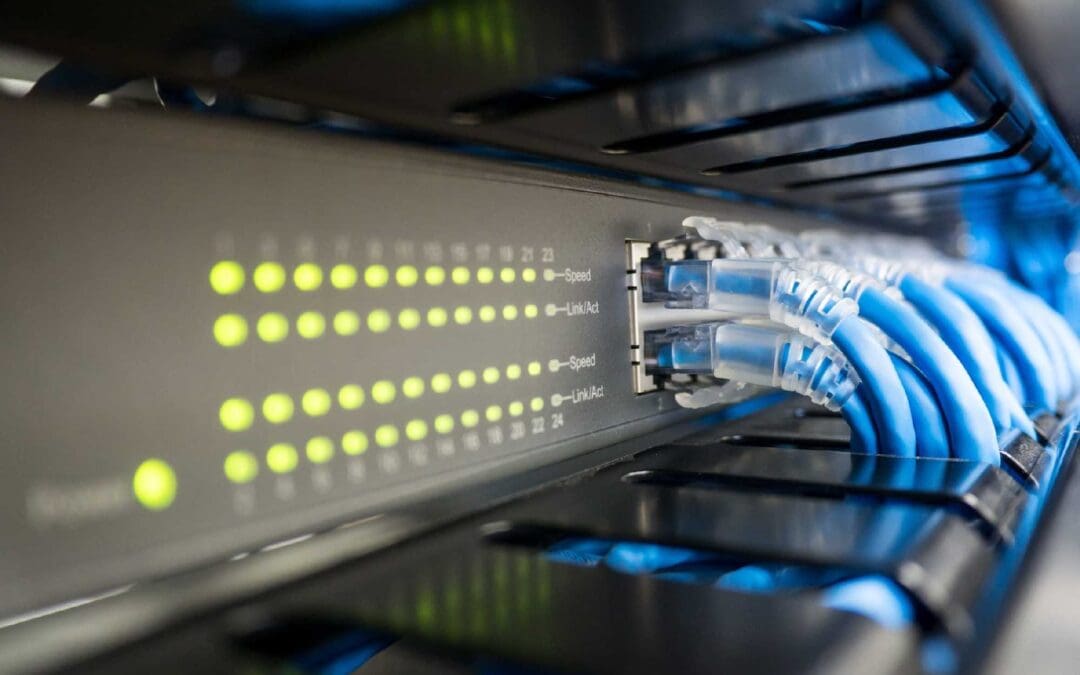When setting up a business’ network, one can be overwhelmed with some of the terminology associated with getting it all installed. This can especially the case if your business isn’t revolved around the field of IT. If you own a business, you don’t have time to go through what each term means or how it works. With that being said, we wanted to provide some basic terms so while you are weighing out Network communication options, you can feel confident with some terms associated with network telecommunications.
Category 5 and 6 Cabling
These are considered network cables and they are what is used to connect the phone and internet. Those in the industry generally refer to each as Cat. 5 or Cat 6. to for ease of conversation. Cat.5 cable is generally better suited for residences or smaller business as they handle less bandwidth than Cat. 6. Cat.6 can is generally used in enterprise level environments. What is the difference in color you ask? It is entirely up to the manufacturer on which color they choose to sell the different cables. Most providers give you several options, the reason being strictly for organizational purposes. Additionally, cables tend to have which category they are labeled in plain sight. If you take anything away from this blog, don’t be the person holding 2 different colored Cat 5 cables and ask which one is faster!
LAN vs WAN
LAN simply stands for Local Area Network. As a small business with one location, you would most likely be utilizing a LAN as your network. A WAN or Wide Area Network connects multiple LAN’s together. These are used on enterprise, corporate business. If you are a smaller company but with multiple locations, depending on your networking needs, either one could make the most sense for your business.
“Racking and Stacking”
The industry term, ‘racking and stacking’, refers the physical placement of hardware within a data center. Data centers range in size and for smaller business can take up just the size of a closet. When IT professional “rack and Stack” they are sure to keep wires untangled and uniform for easy access if troubleshooting needs to be done.
Peripherals
Peripherals refer to equipment used by an end user to input data or retrieve data from a laptop or PC. As technology continuously expands, so do the list of available peripherals. Some peripherals you are most likely familiar with are equipment such as speakers, mouse’s’, keyboards, microphones, scanners, printers and monitors. When implementing an entire office, its generally best to have those that are installing the network to go ahead and set up the peripherals, so employees can have a seamless transition to the new space!
Here at AVD inc, we are proud to have helped several businesses’ in the Greater Boston area implement unified communication systems. Without a properly functioning internet connection and communication network, businesses can be stifled. Call AVD inc. today regarding how we can help with any of your telecommunications needs!

